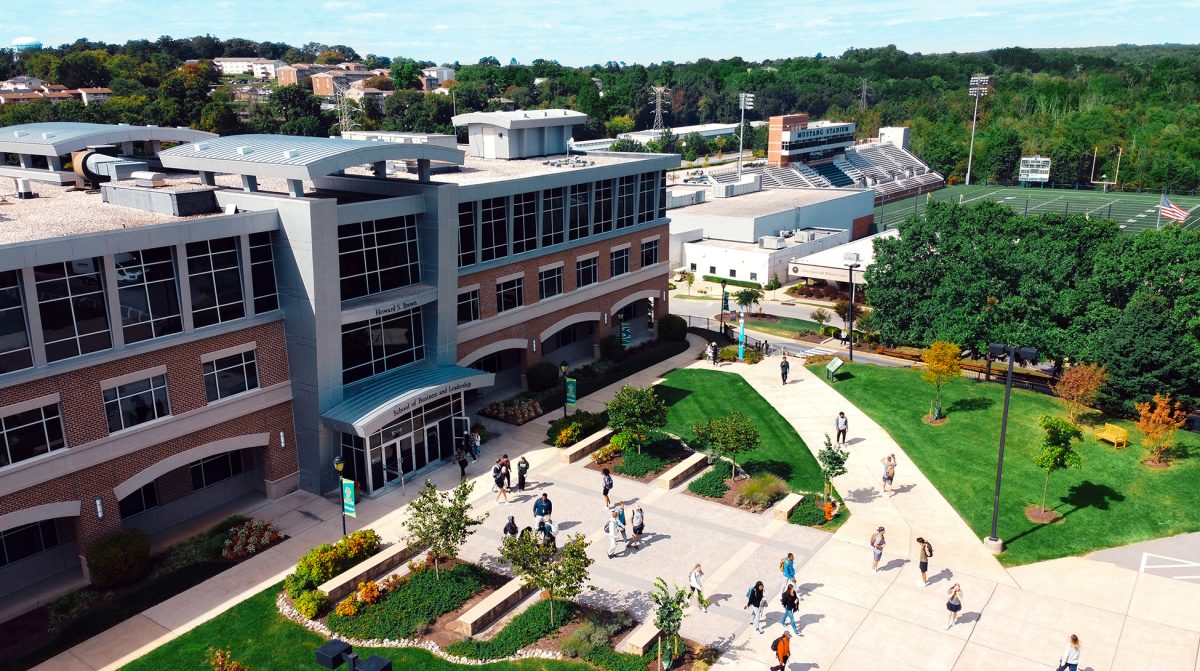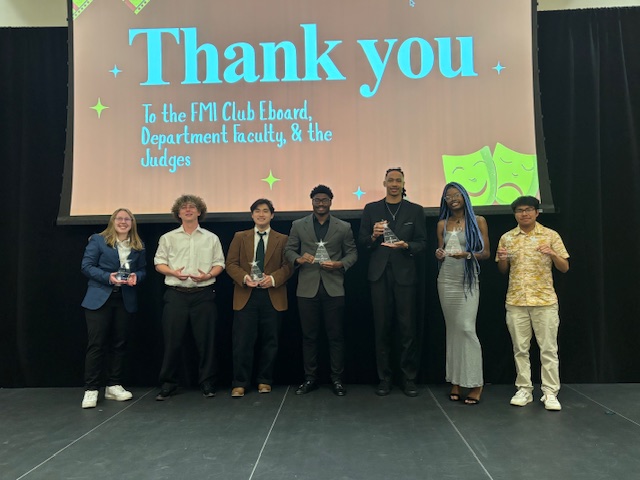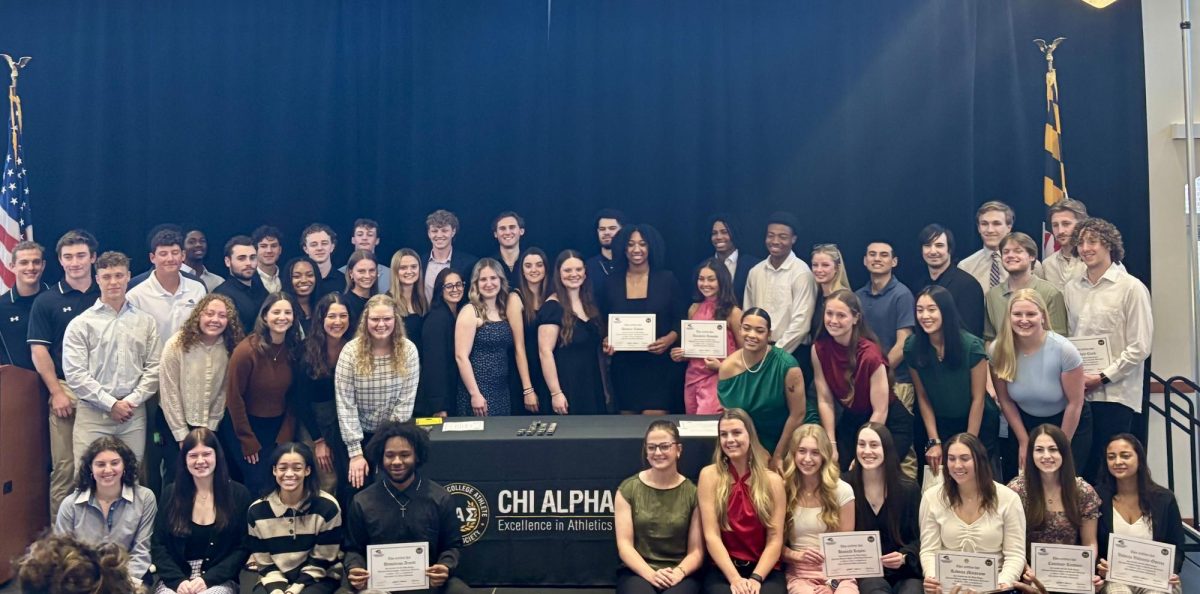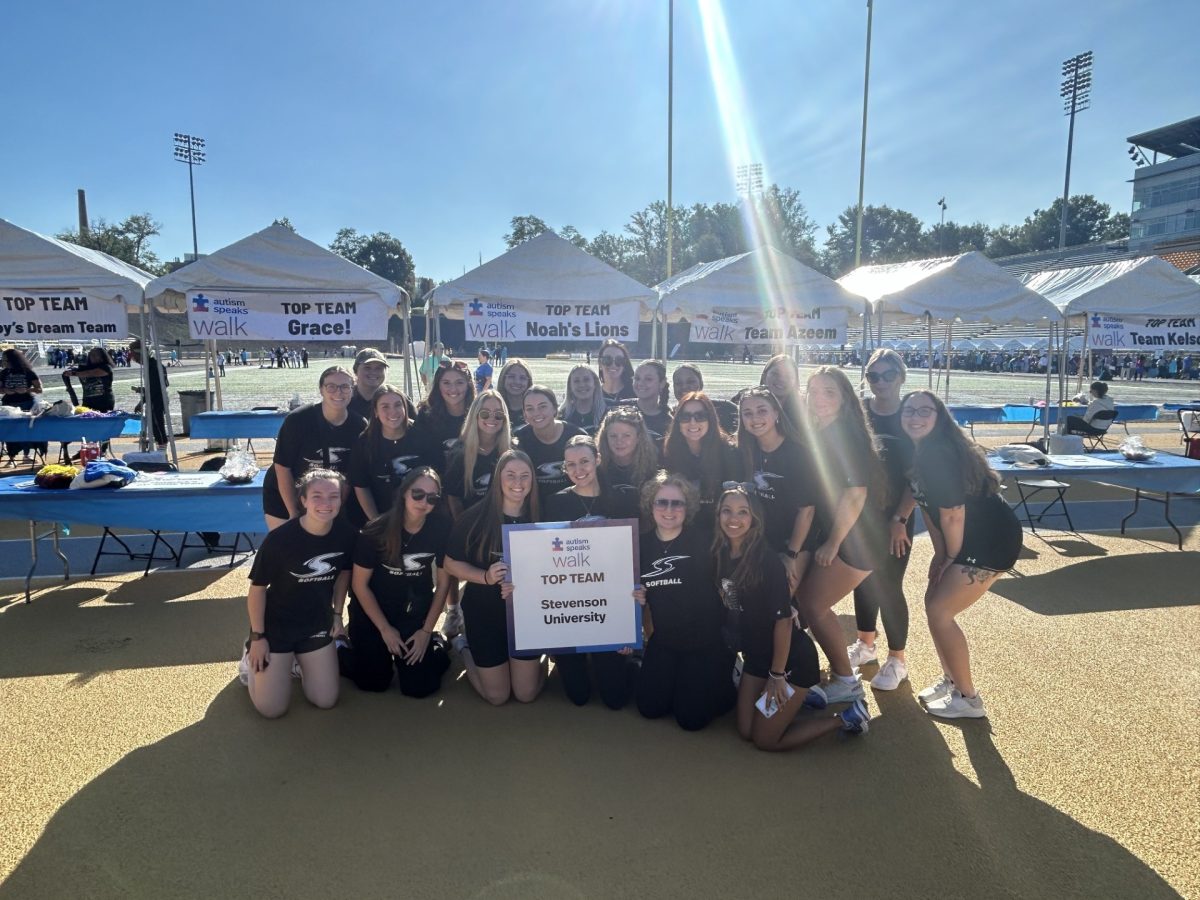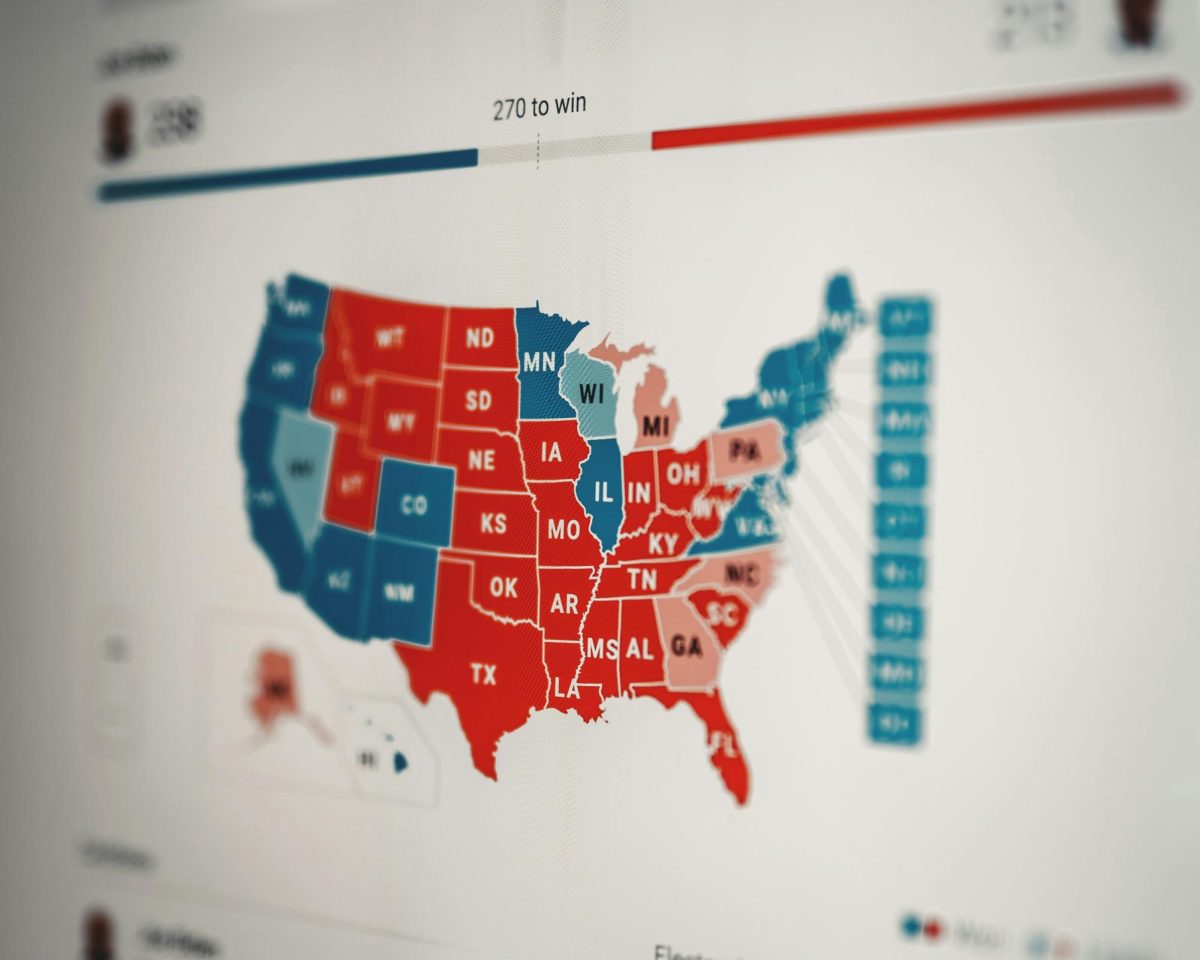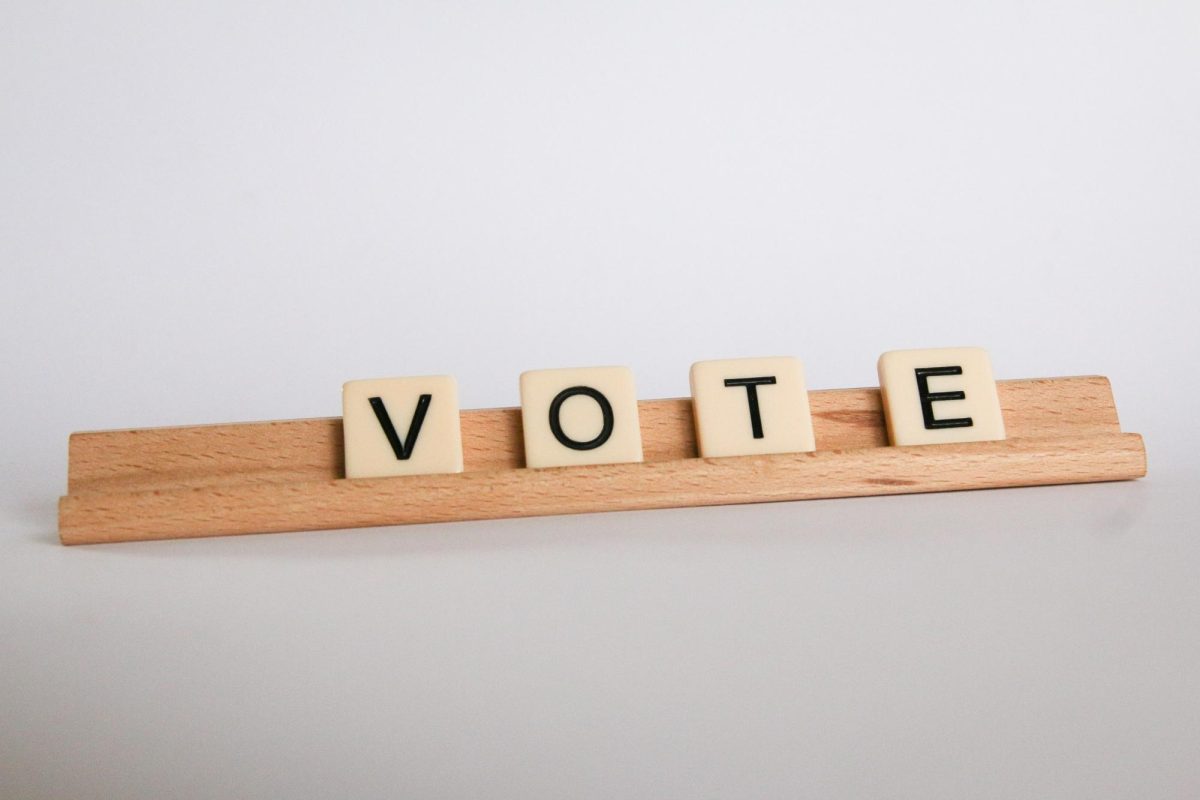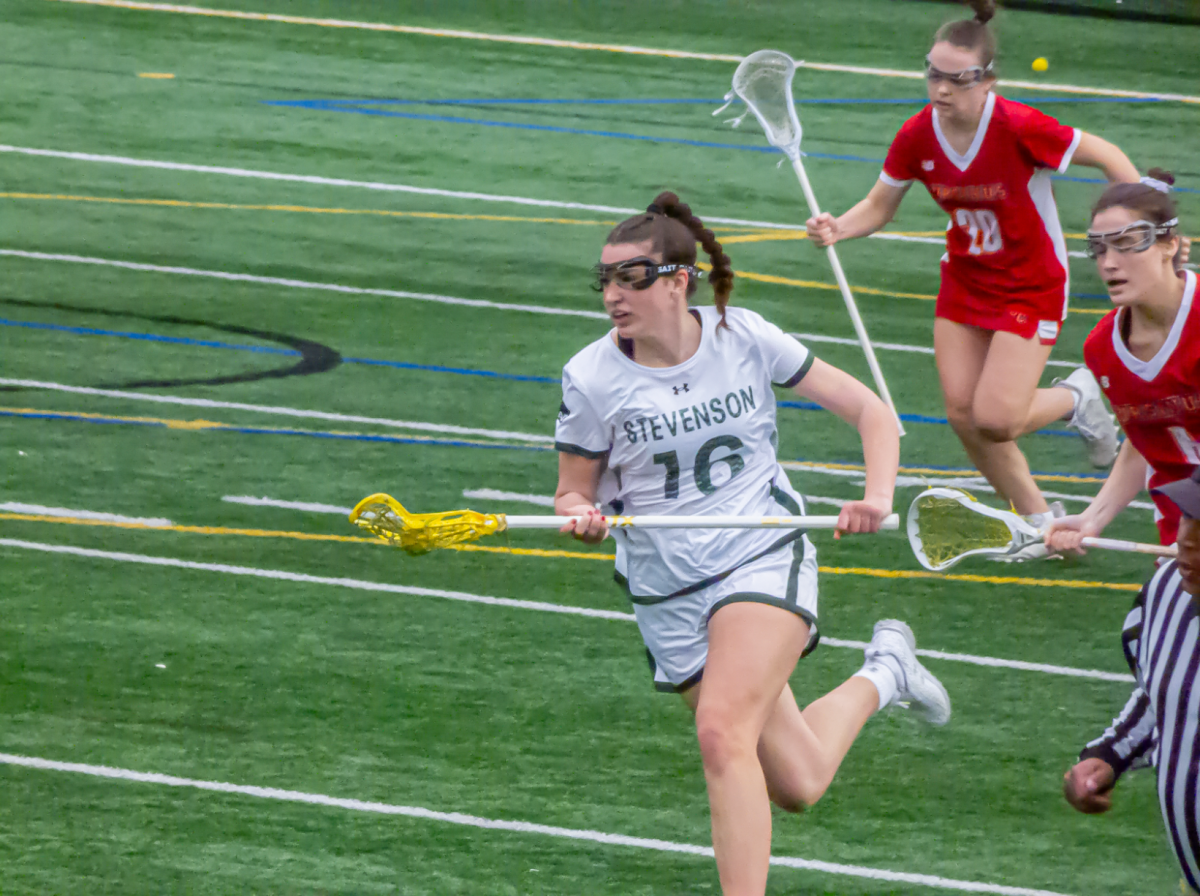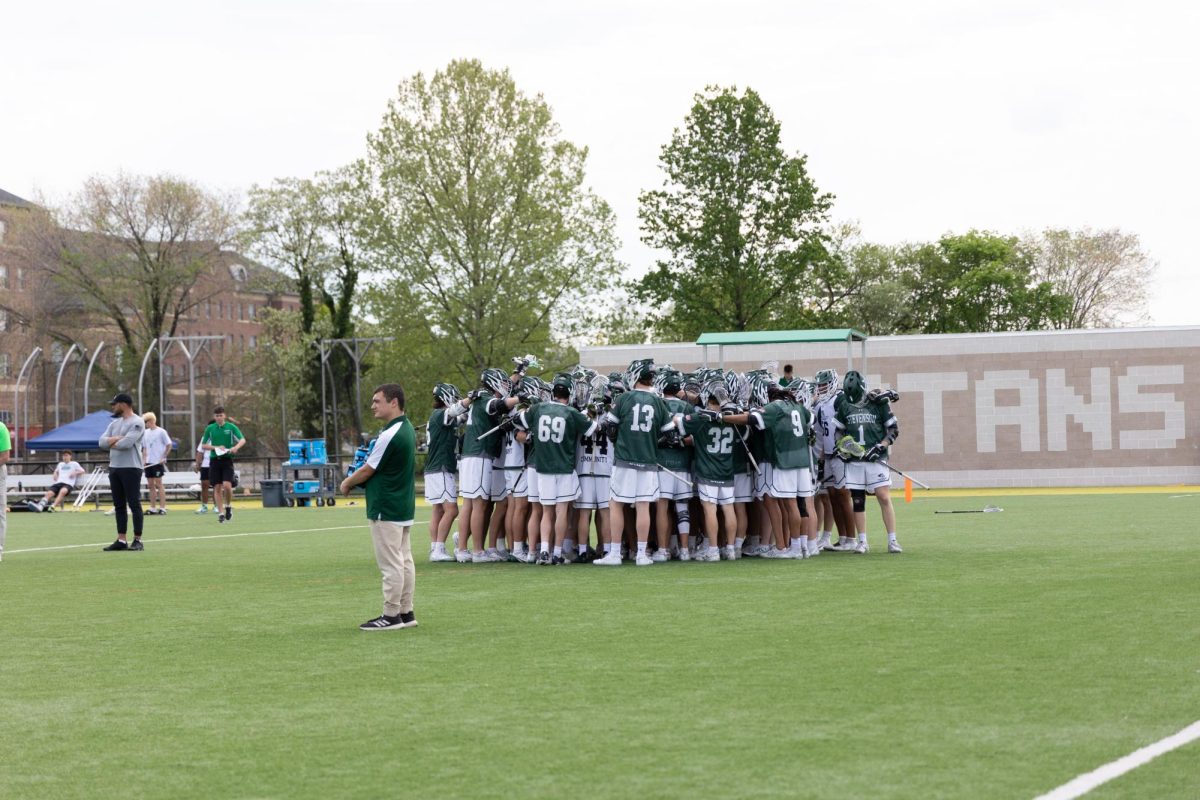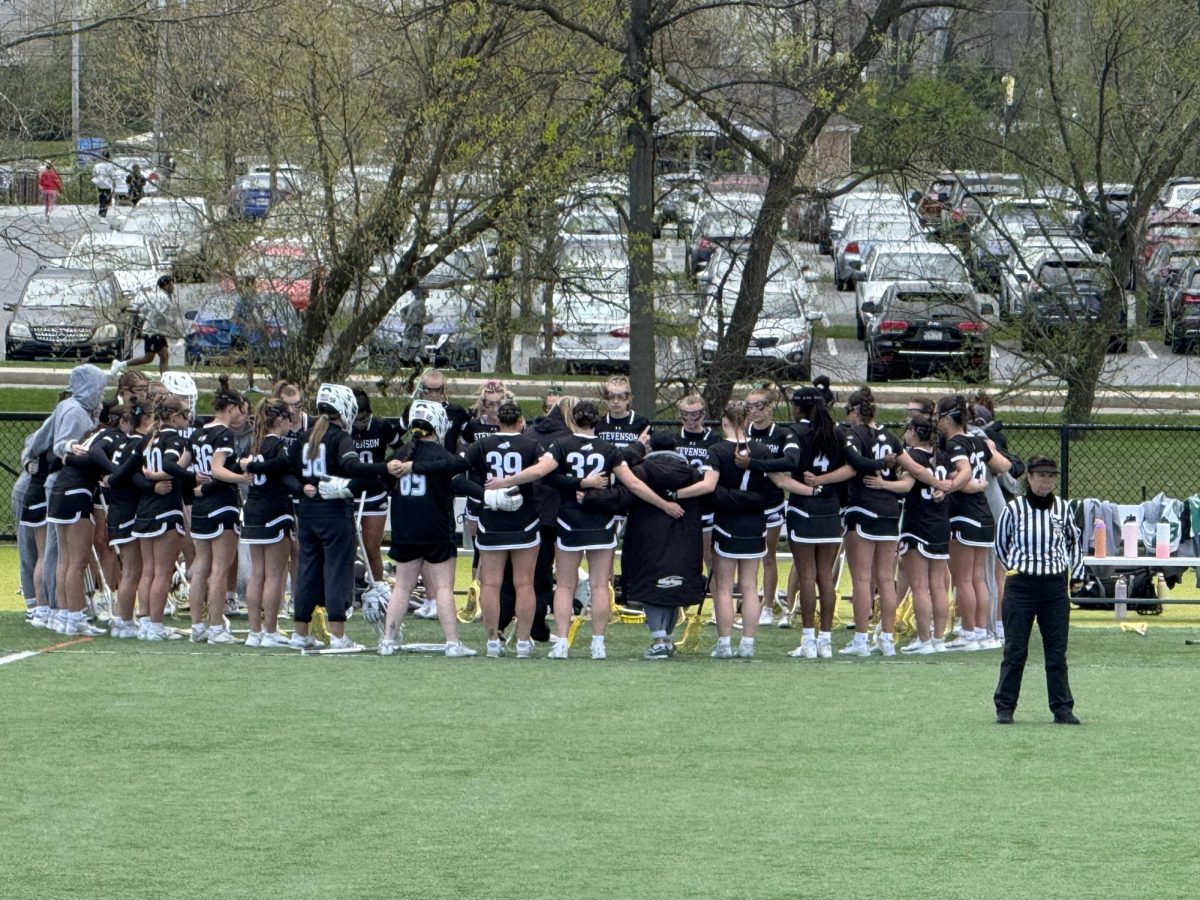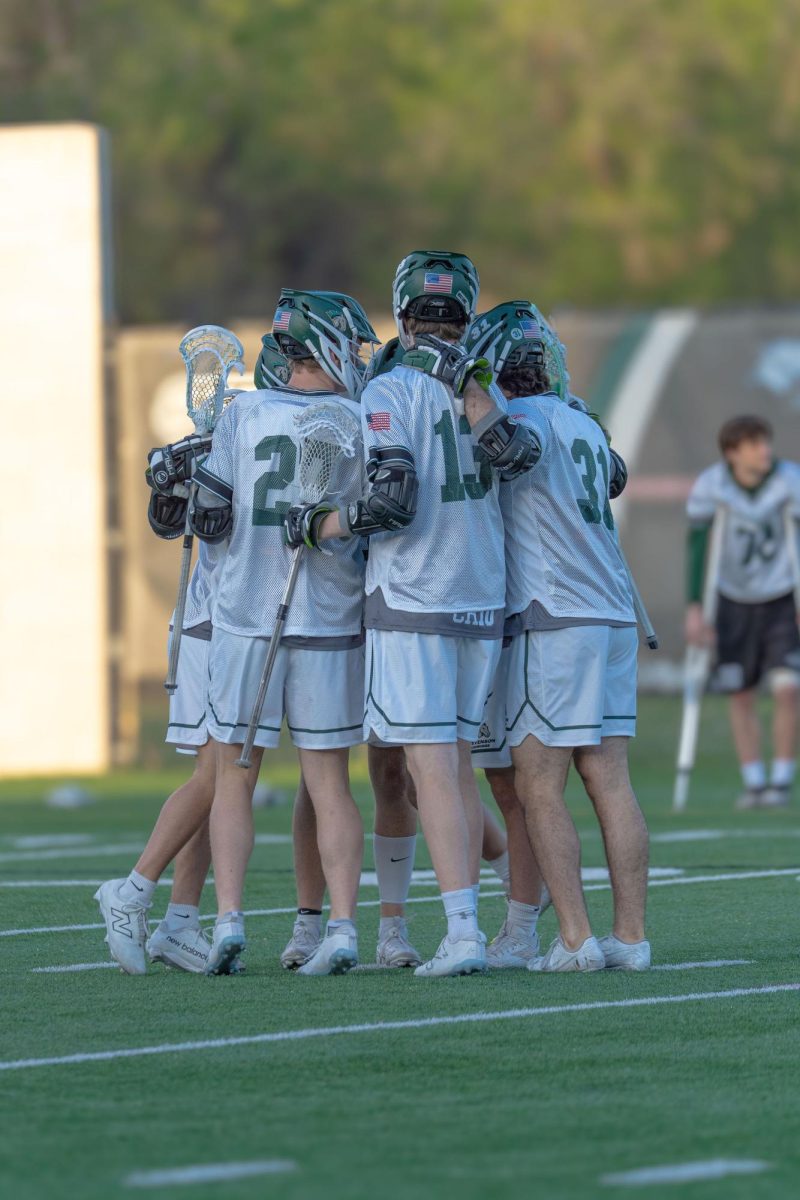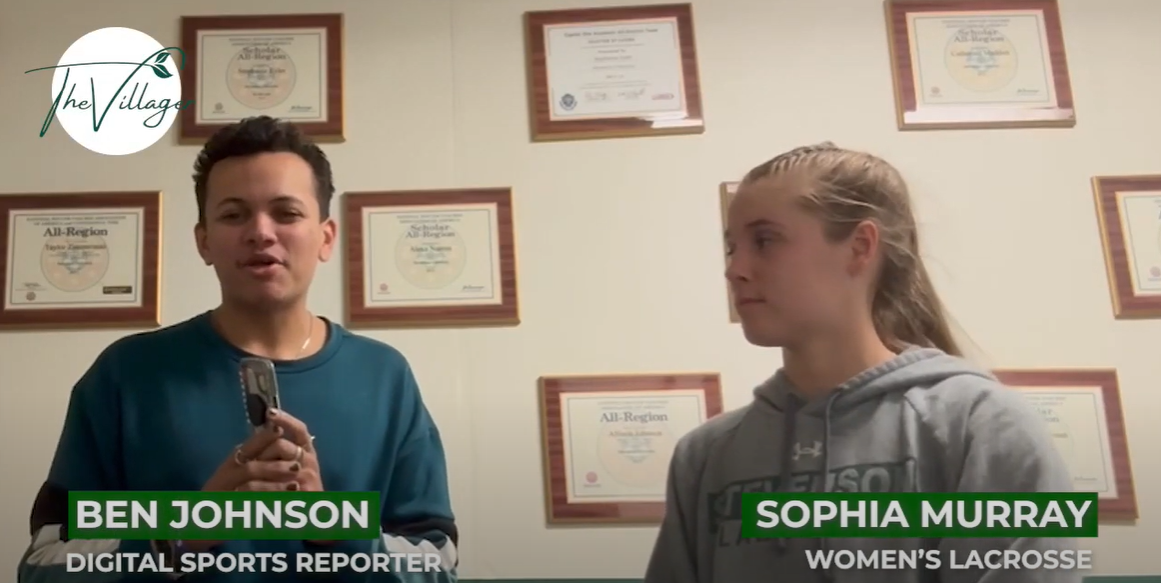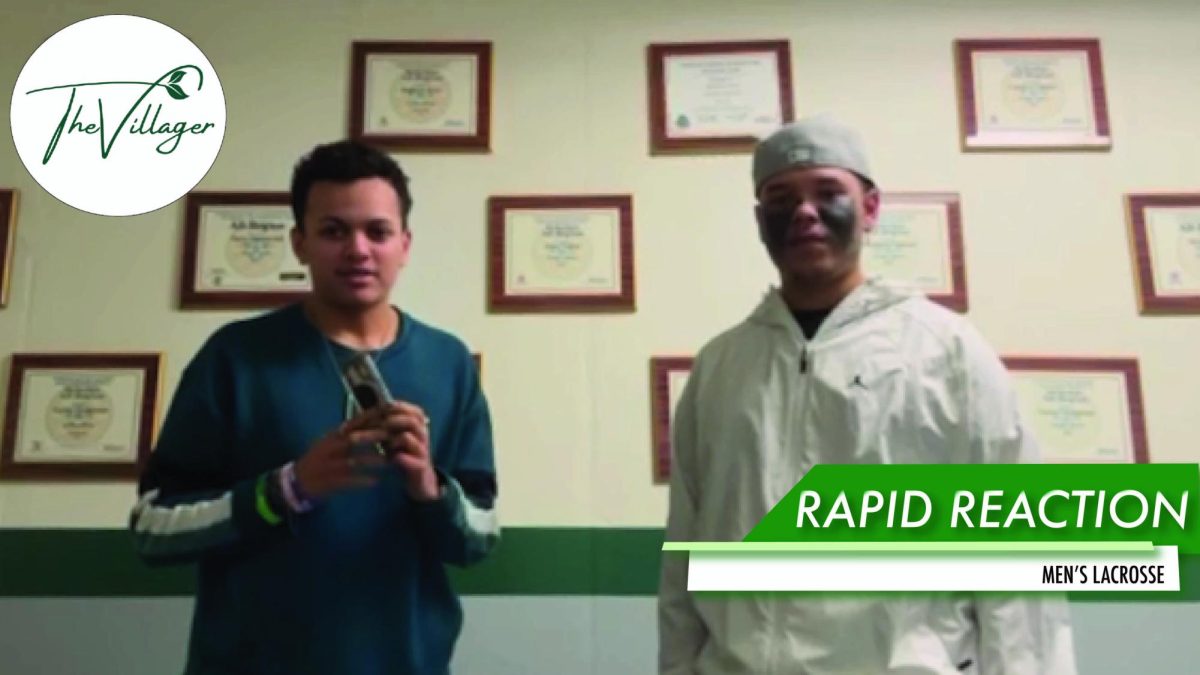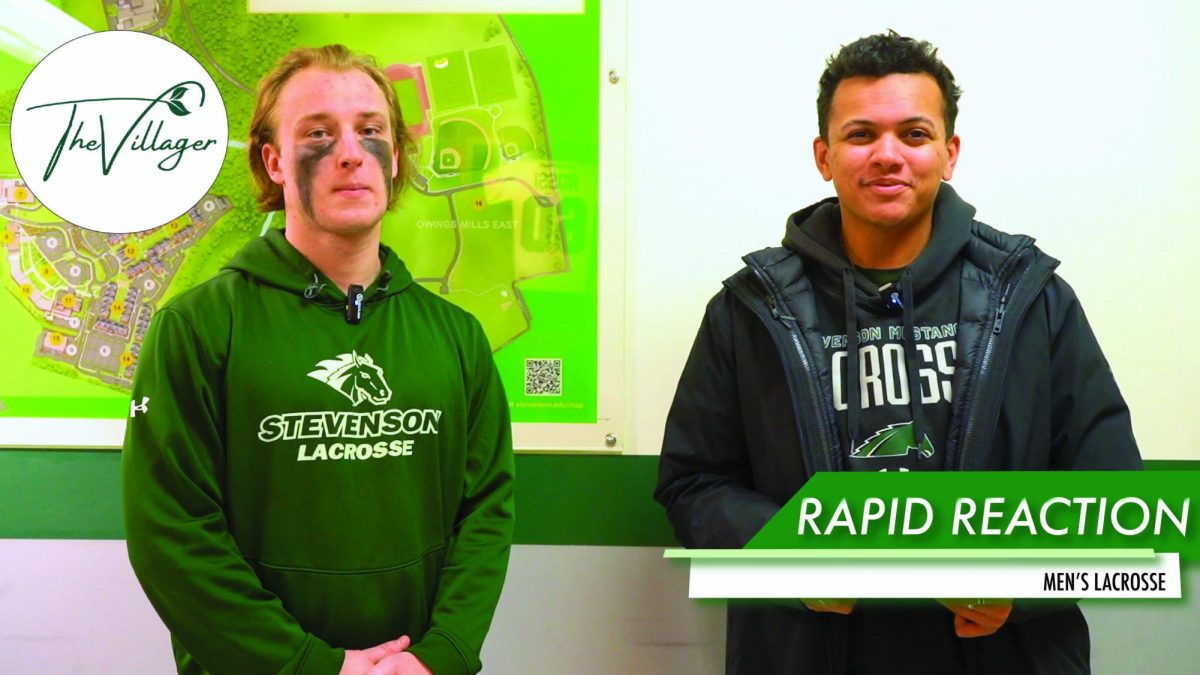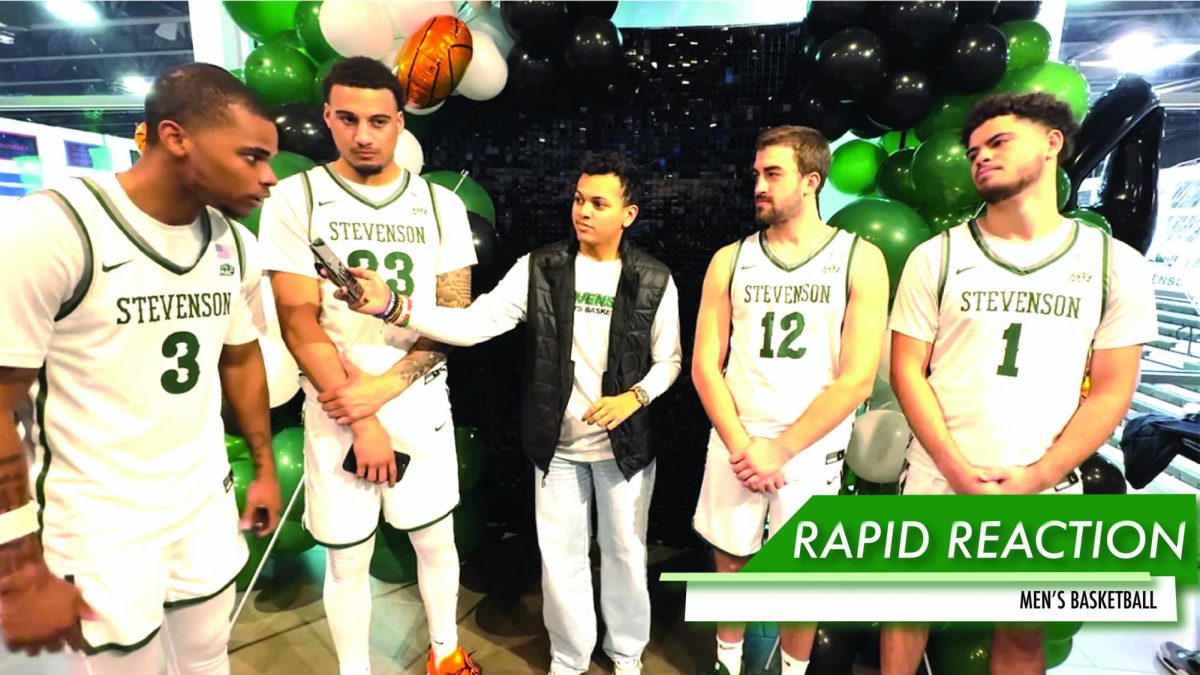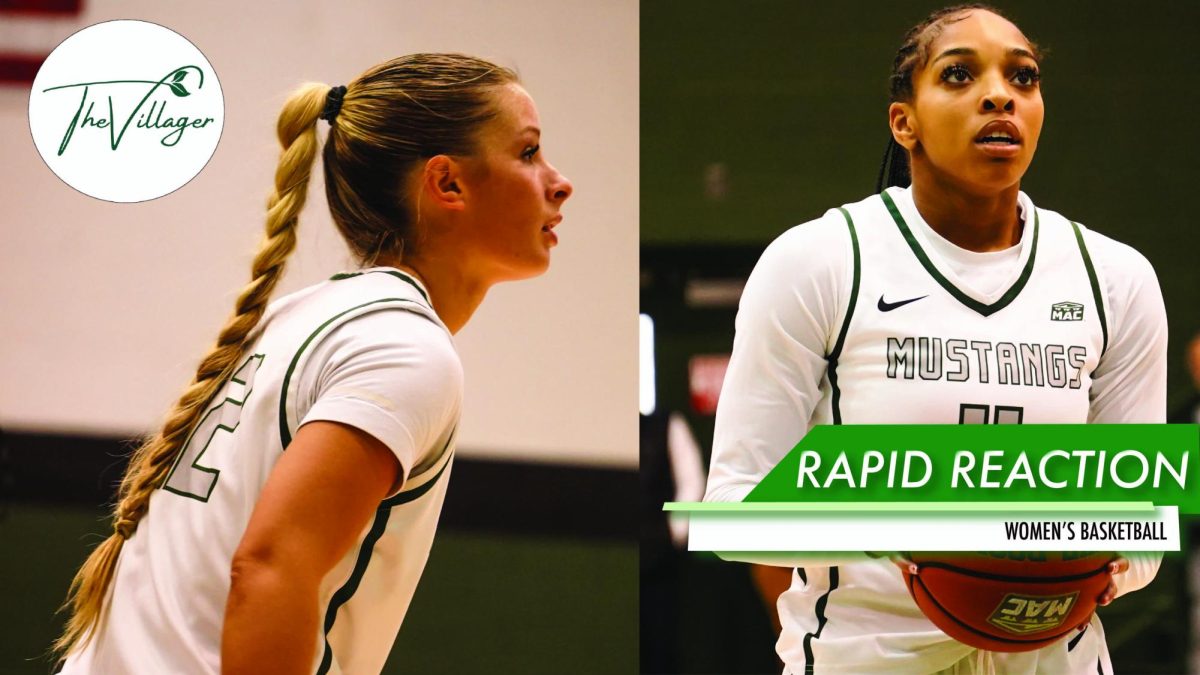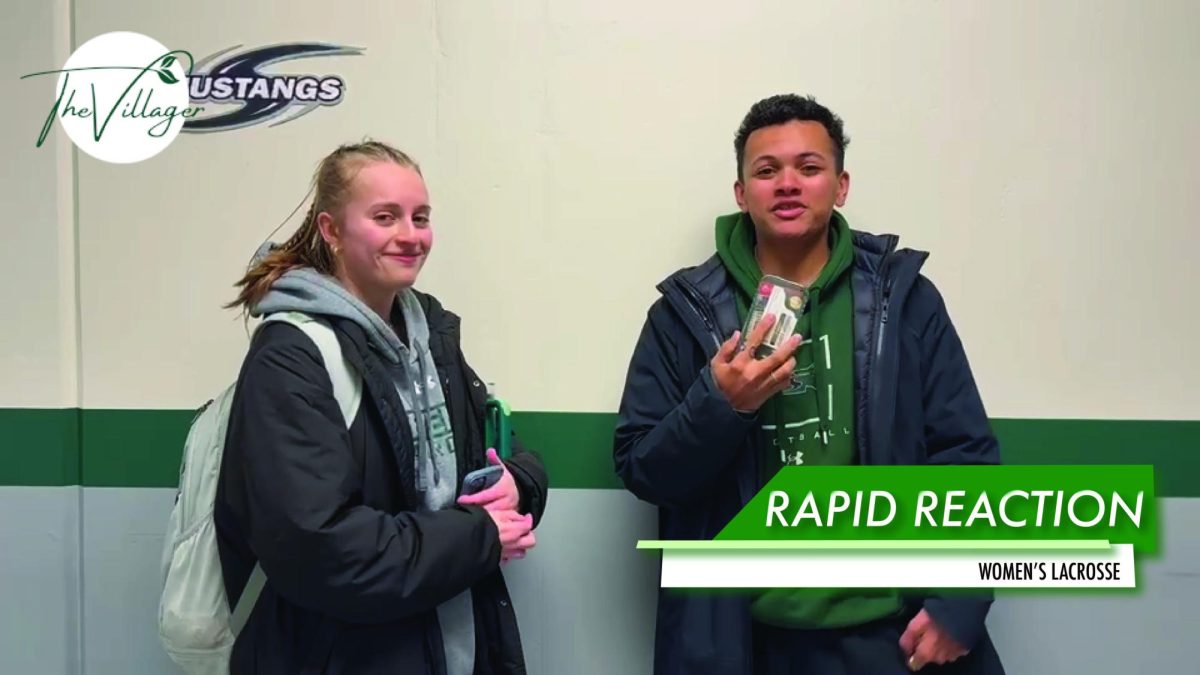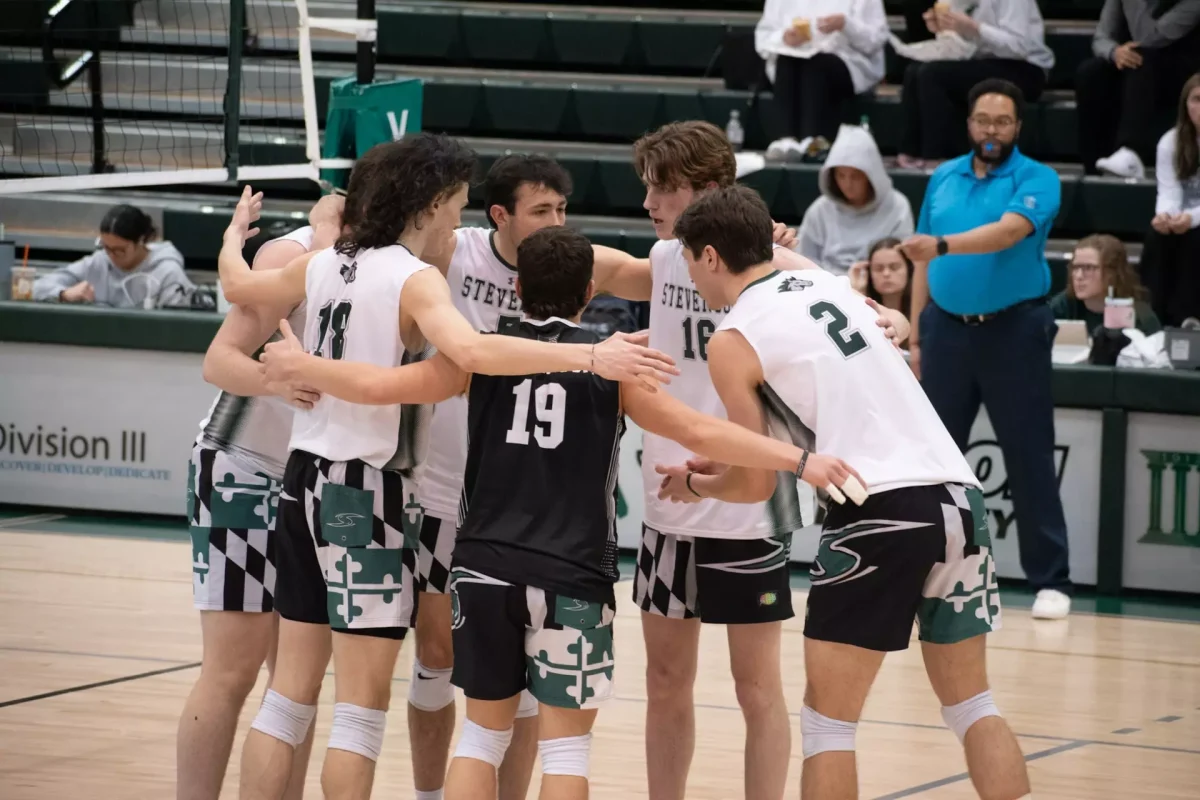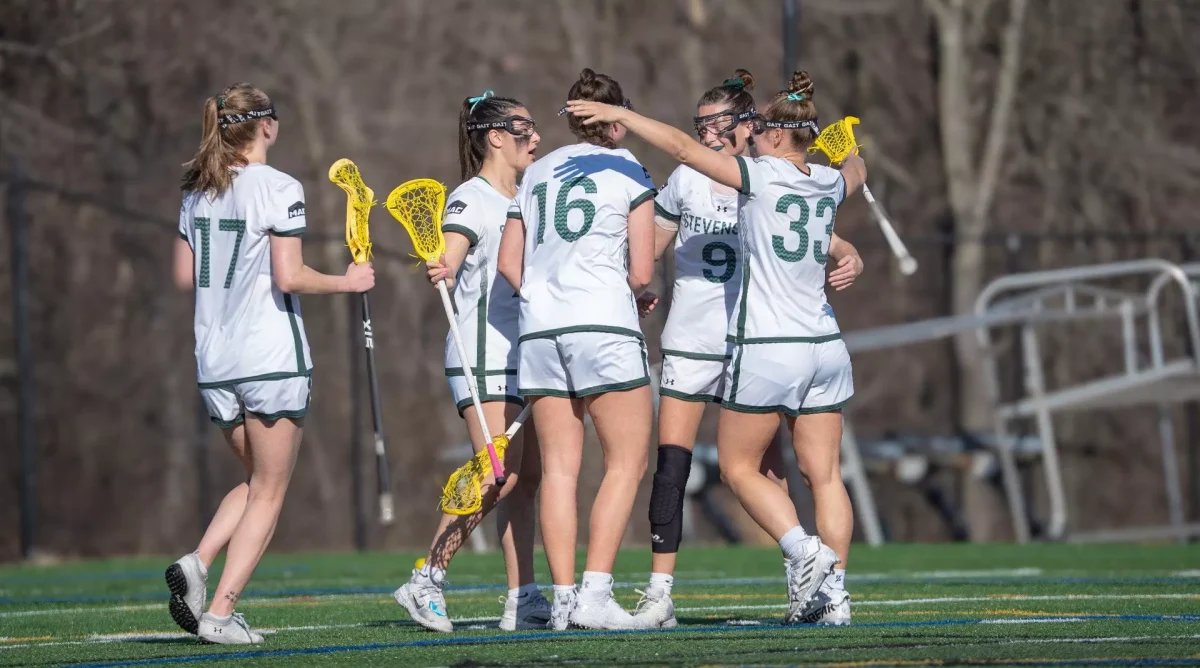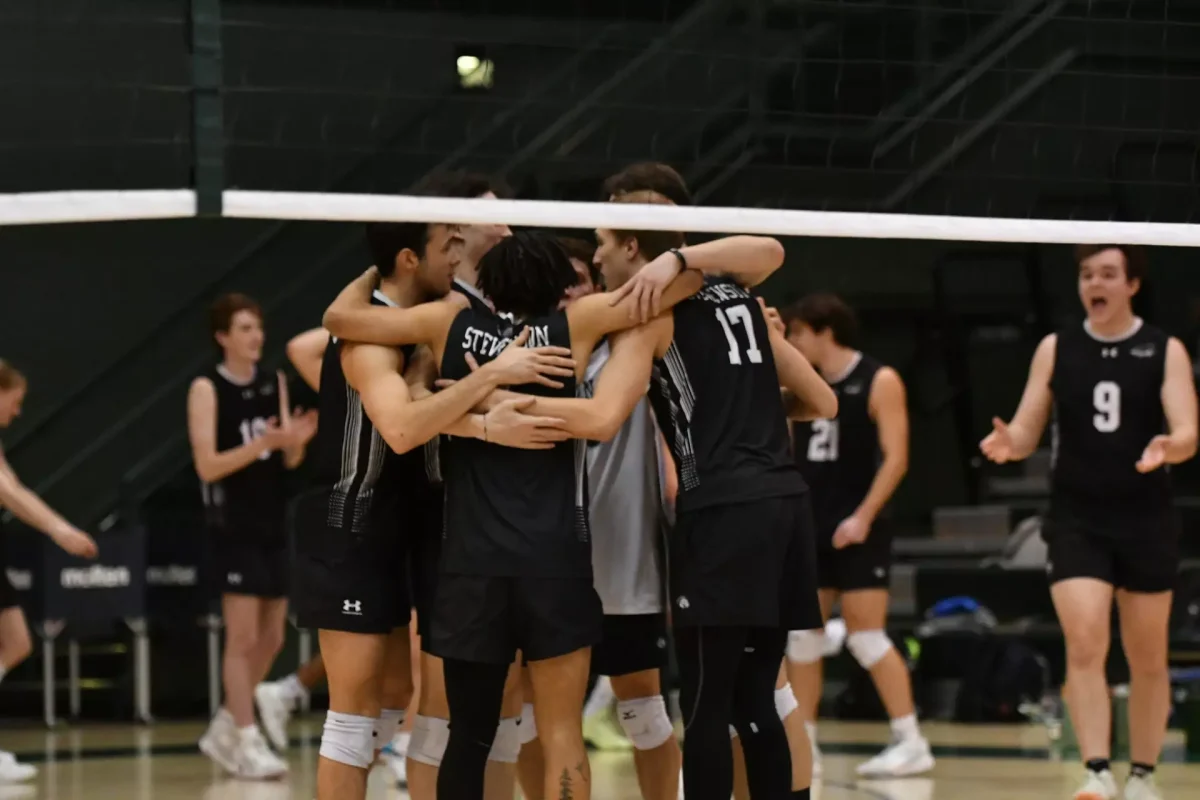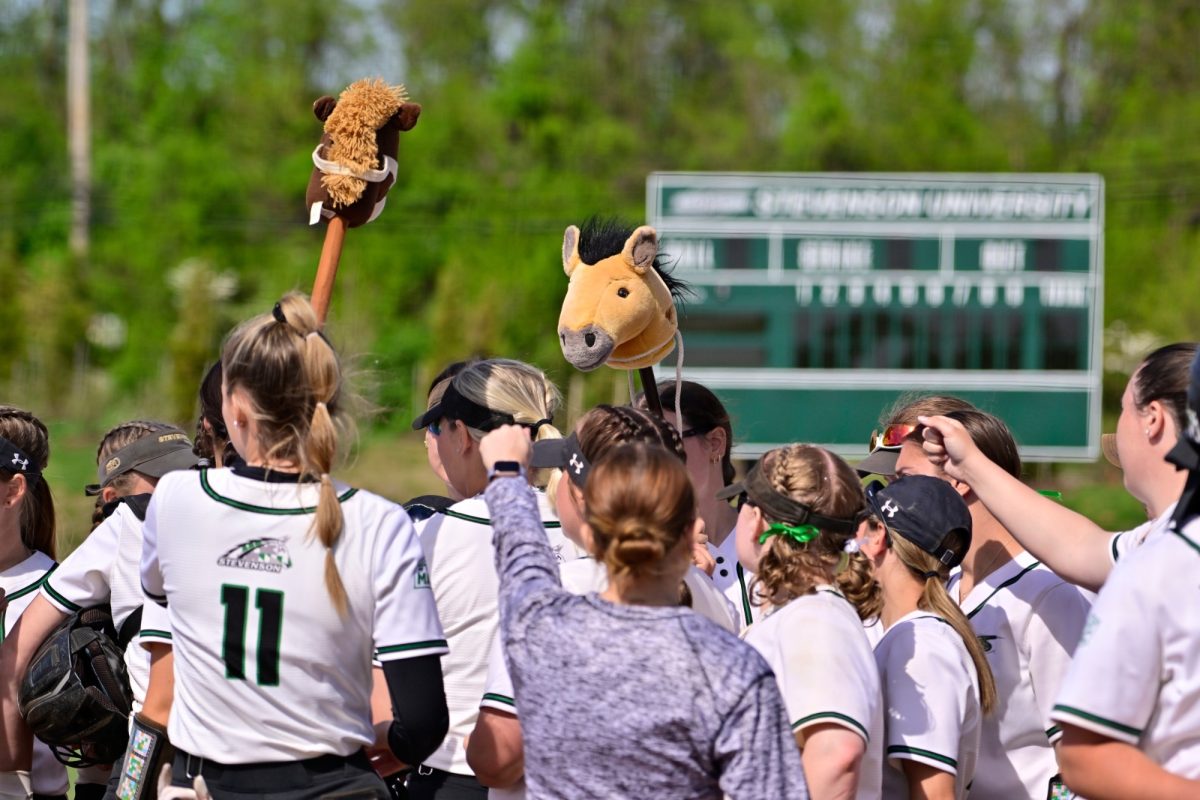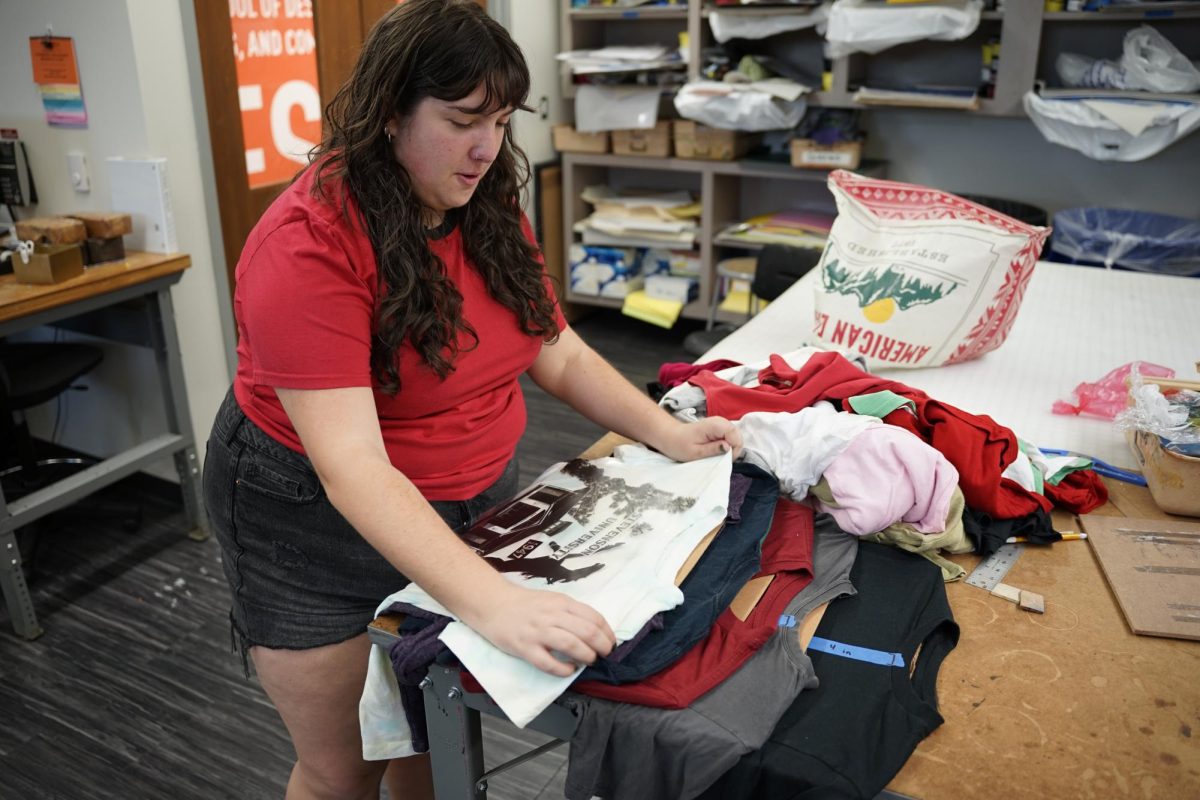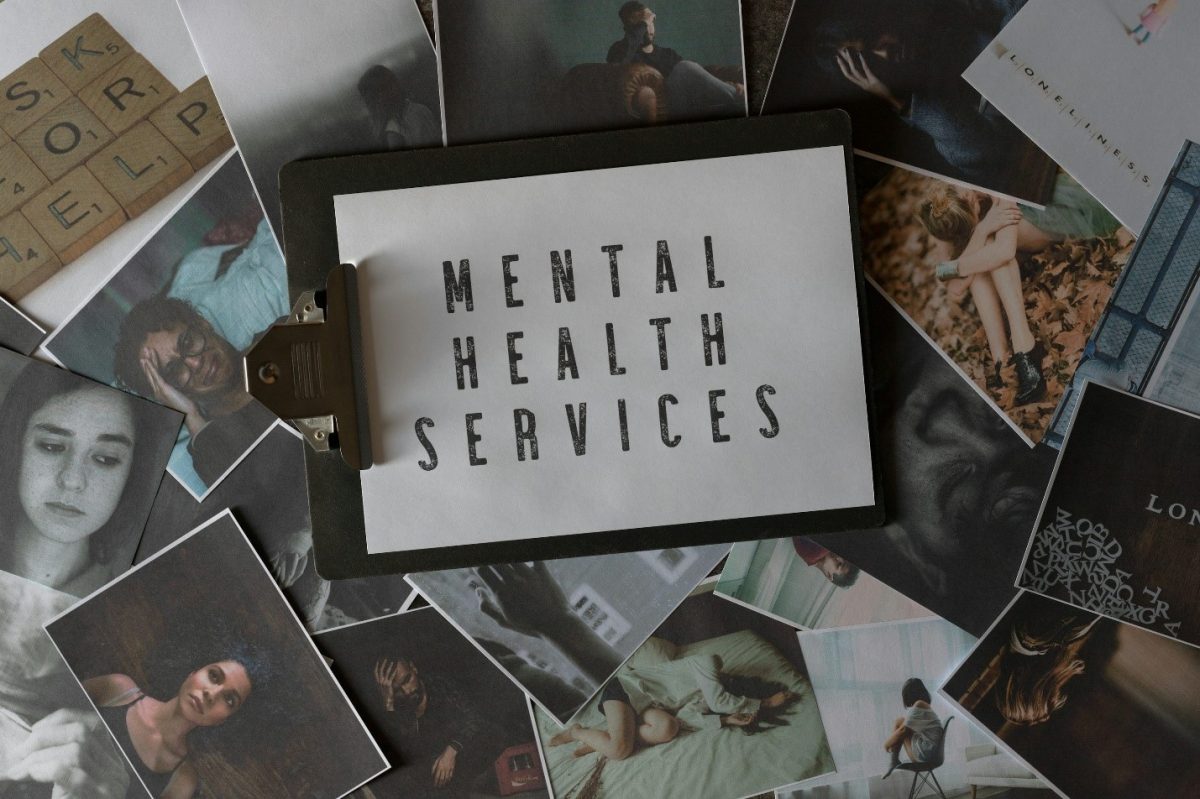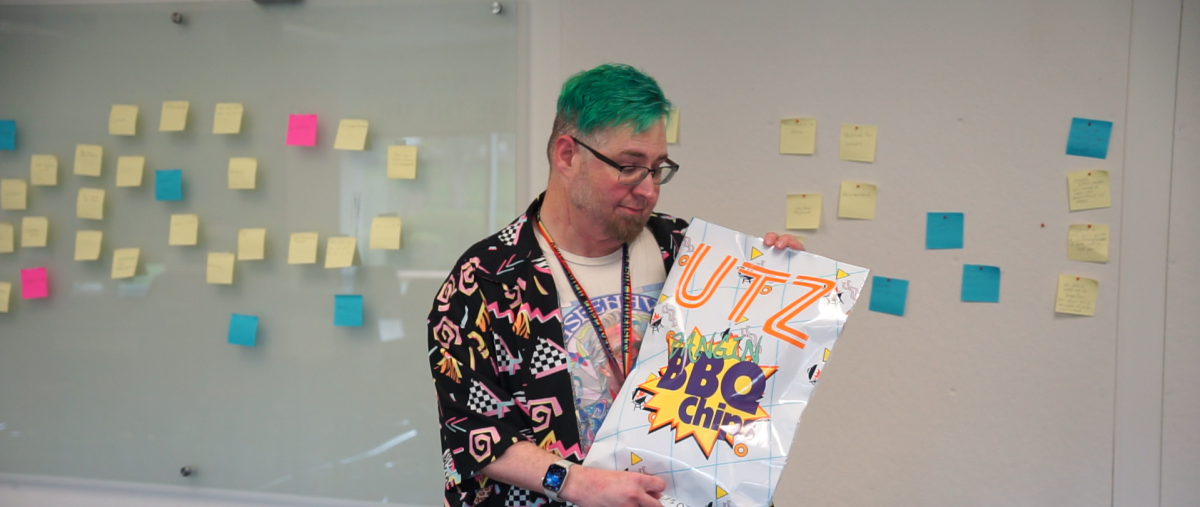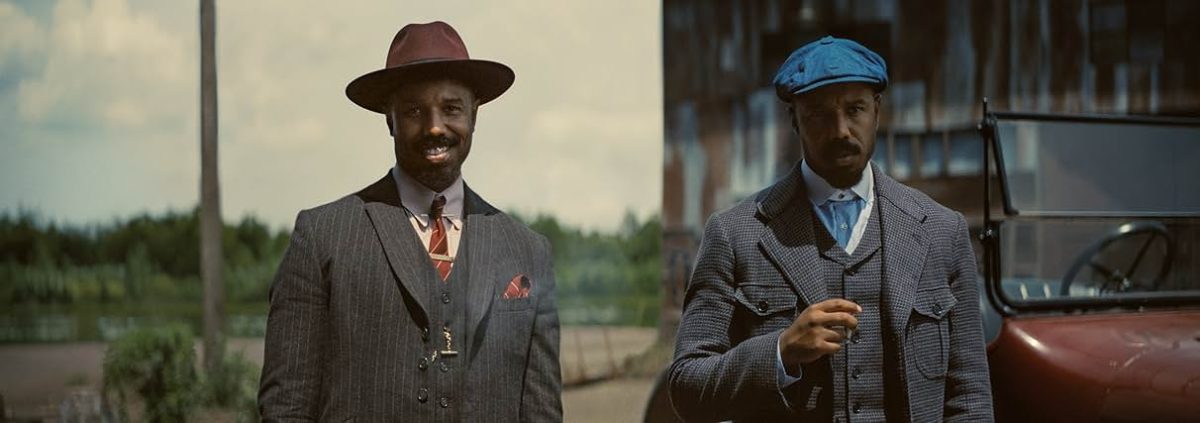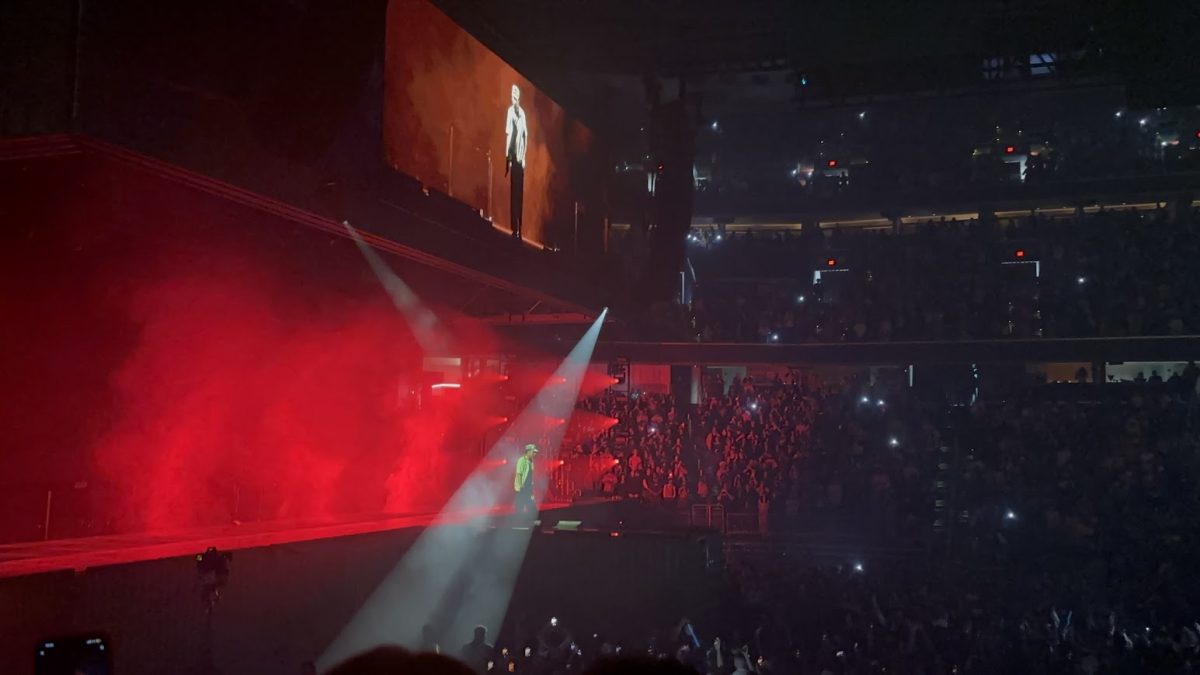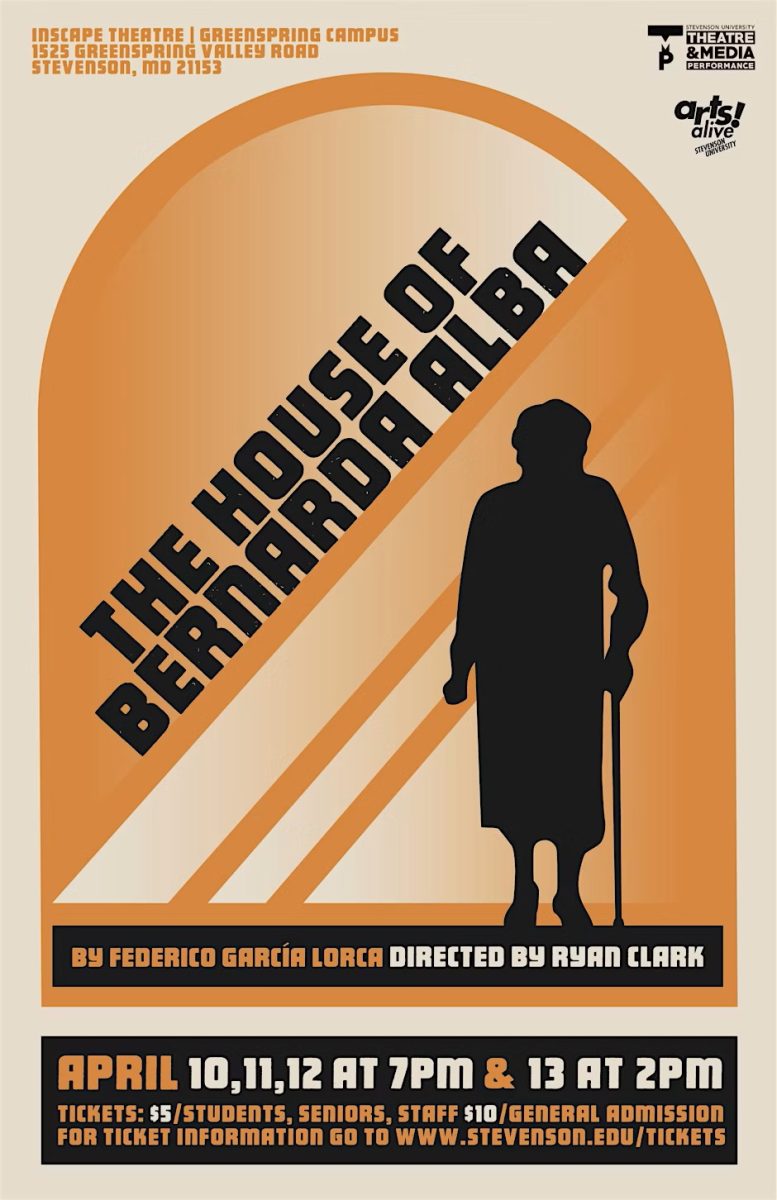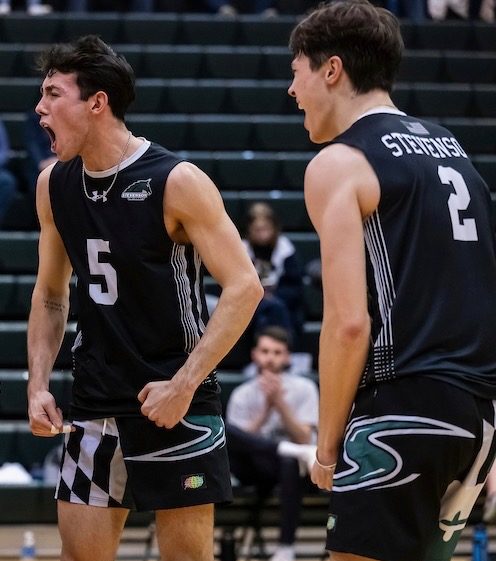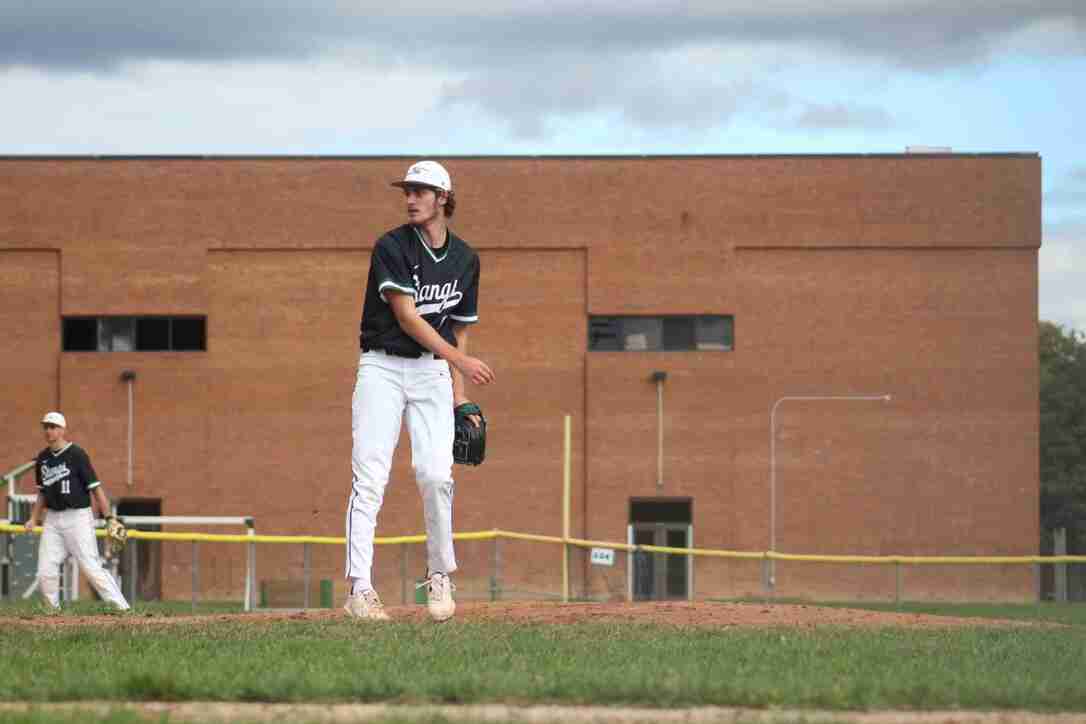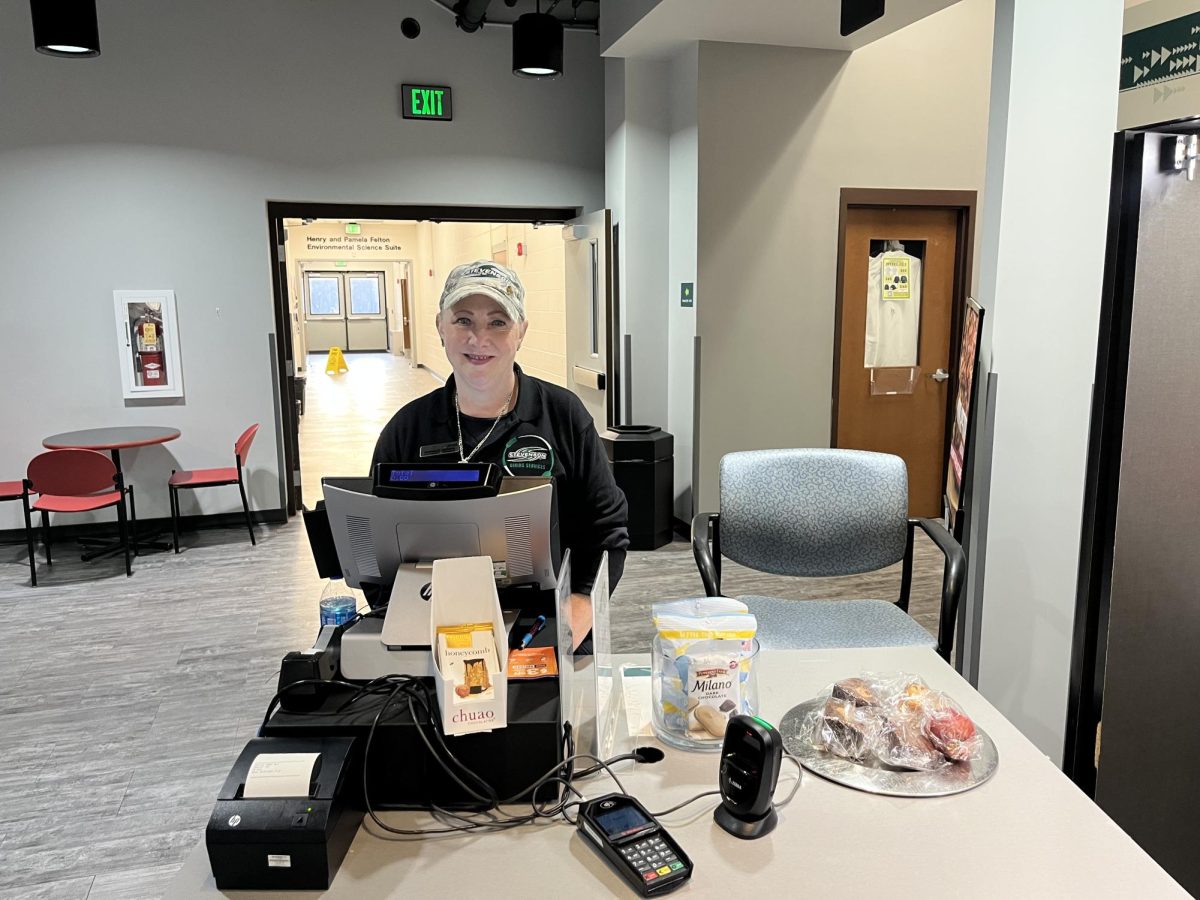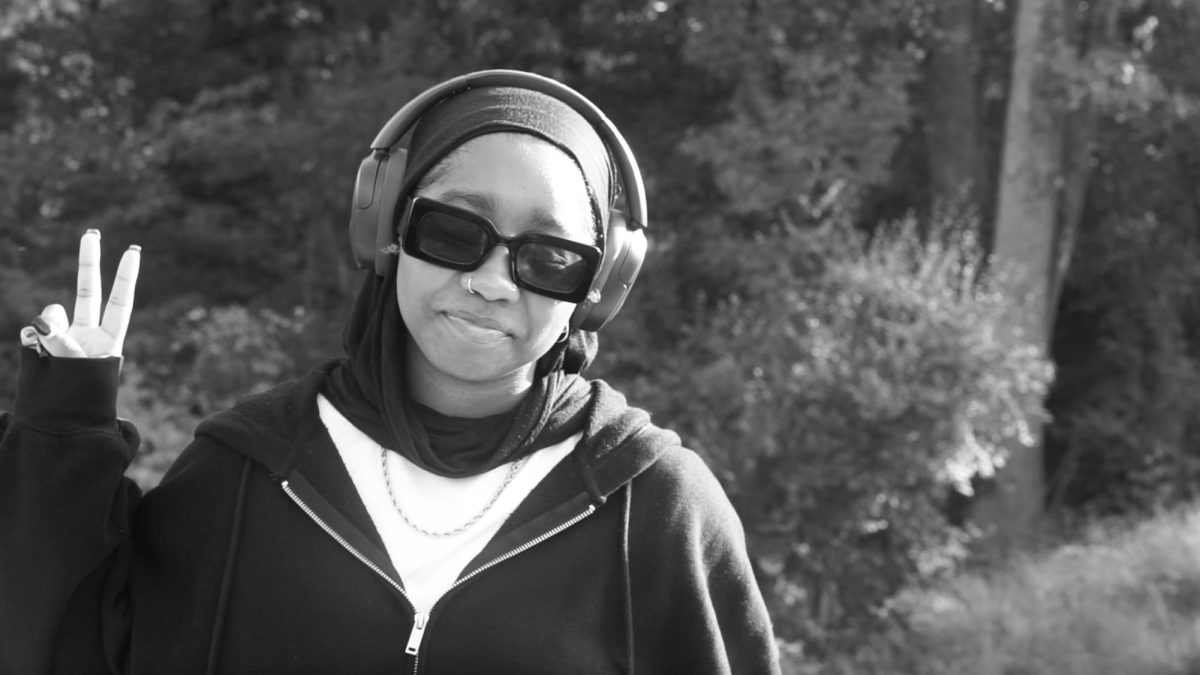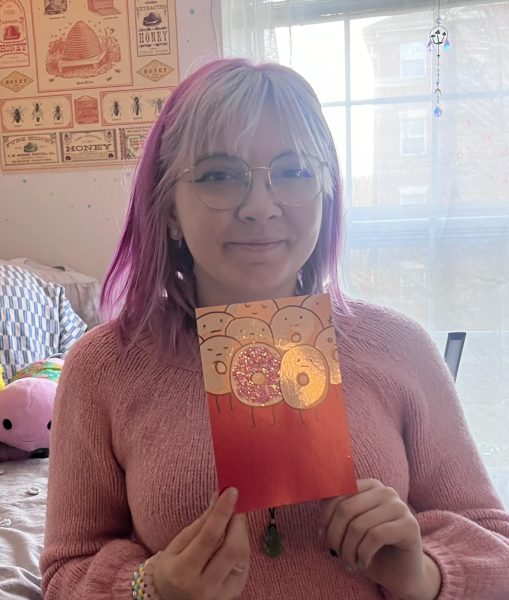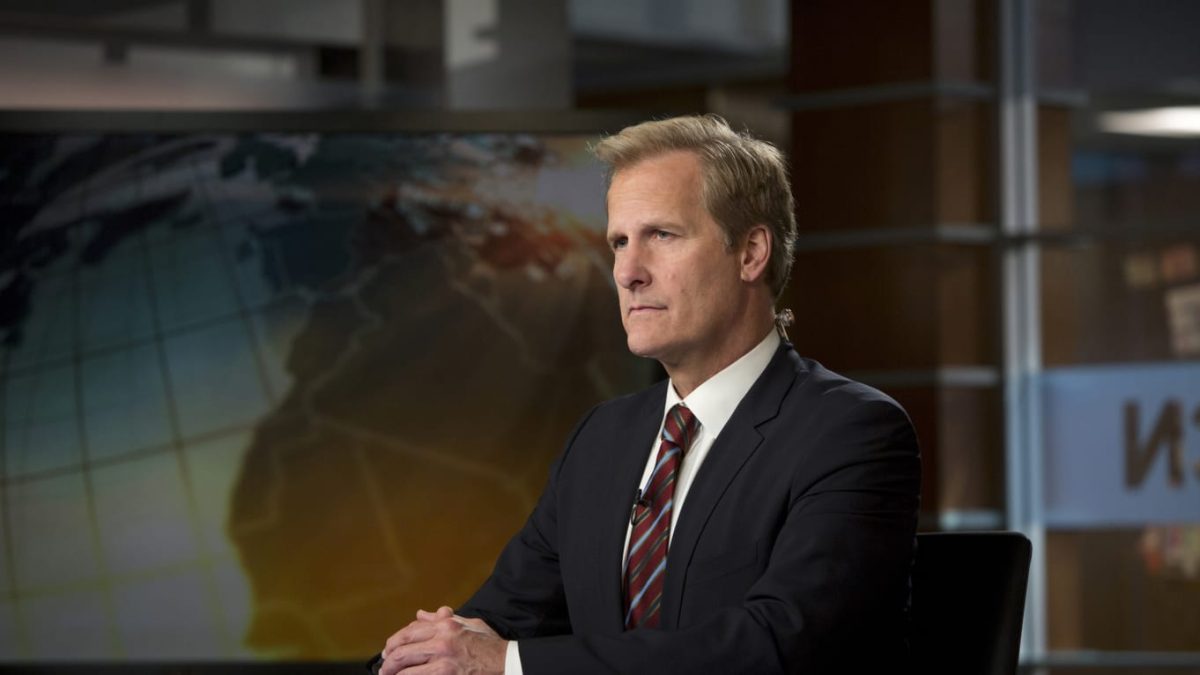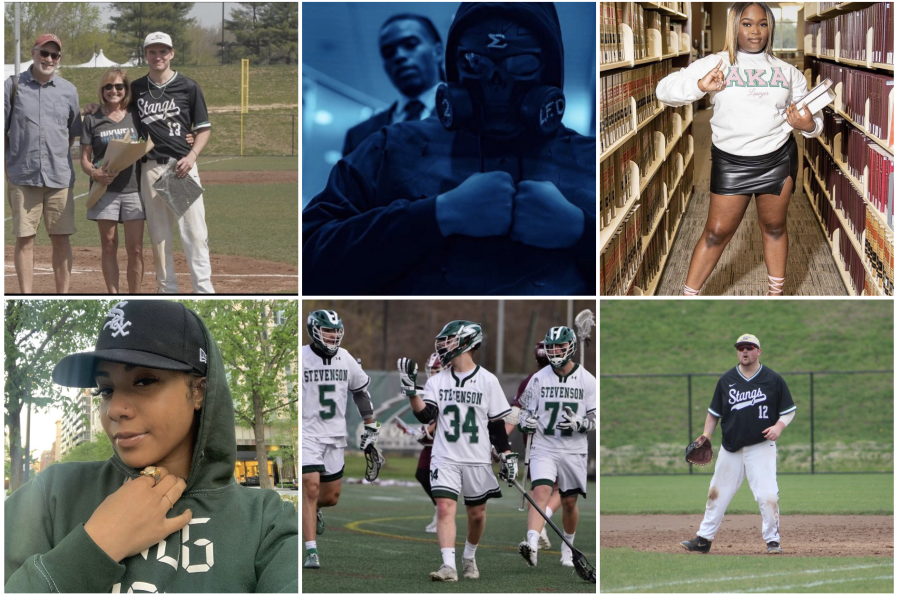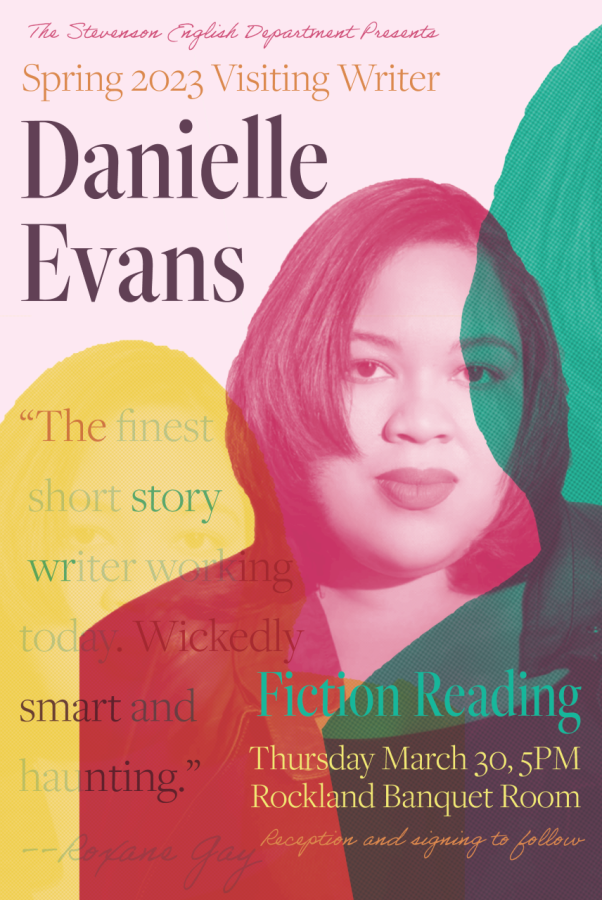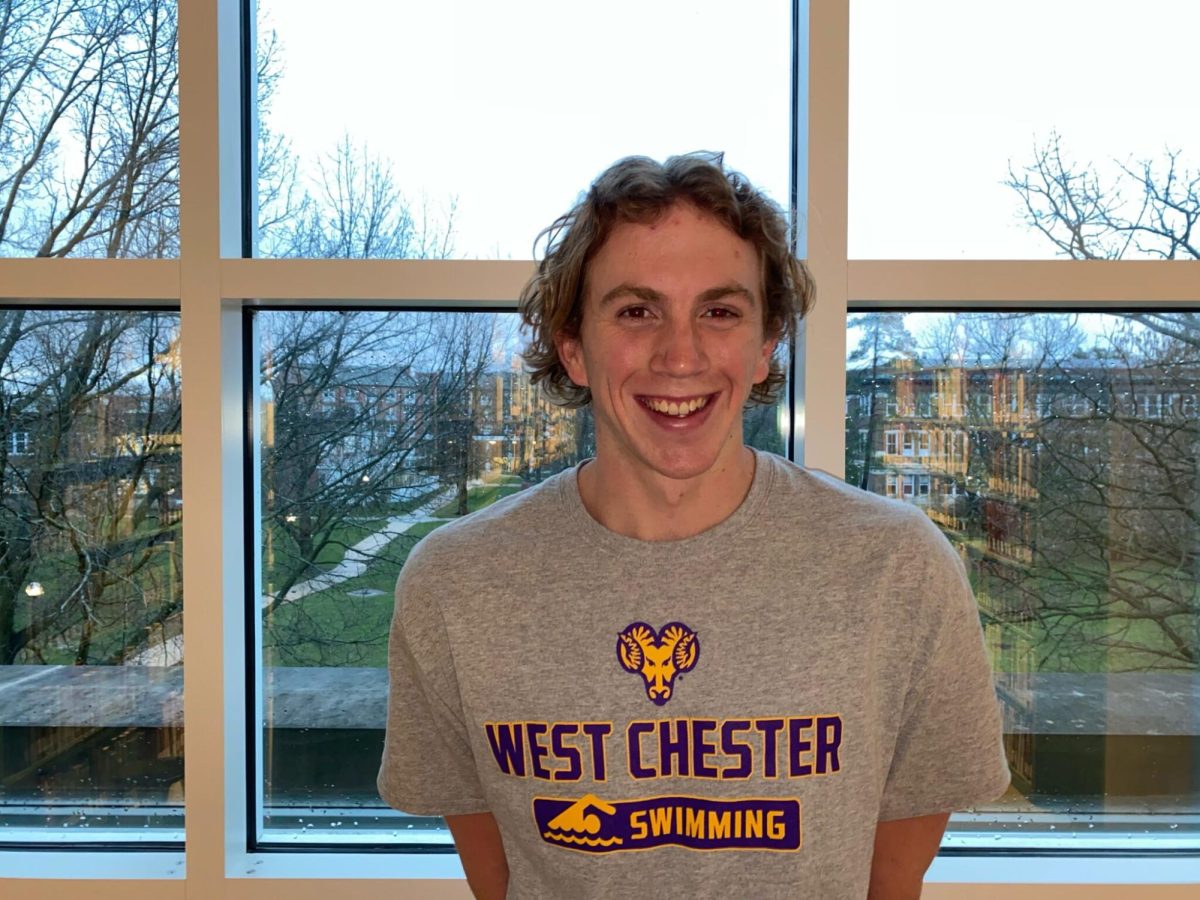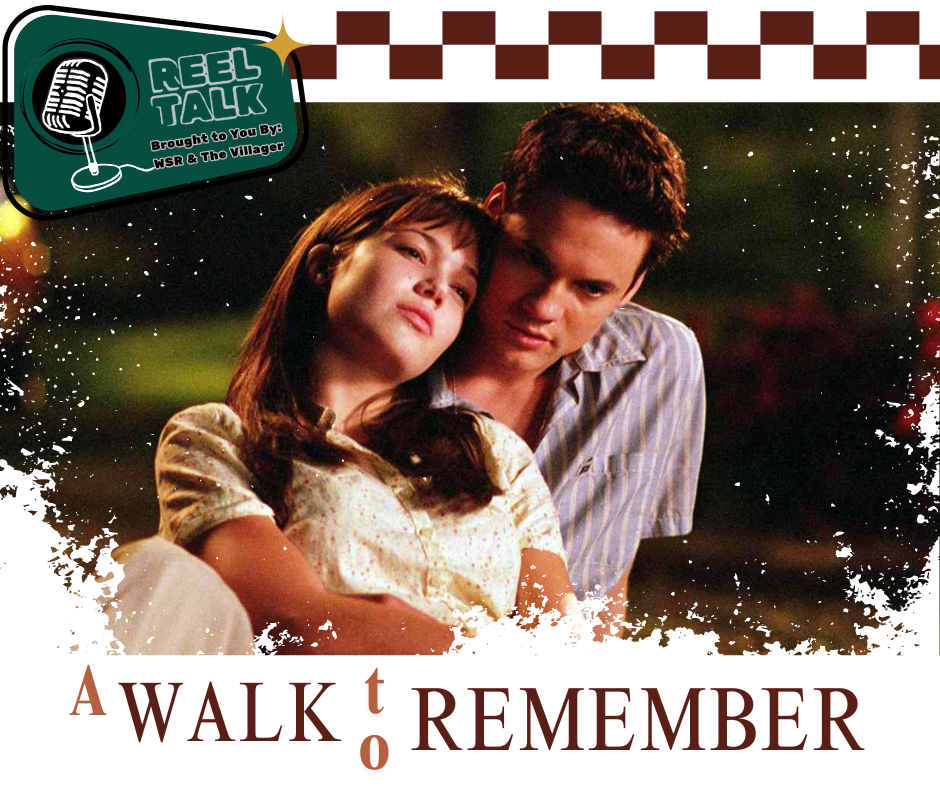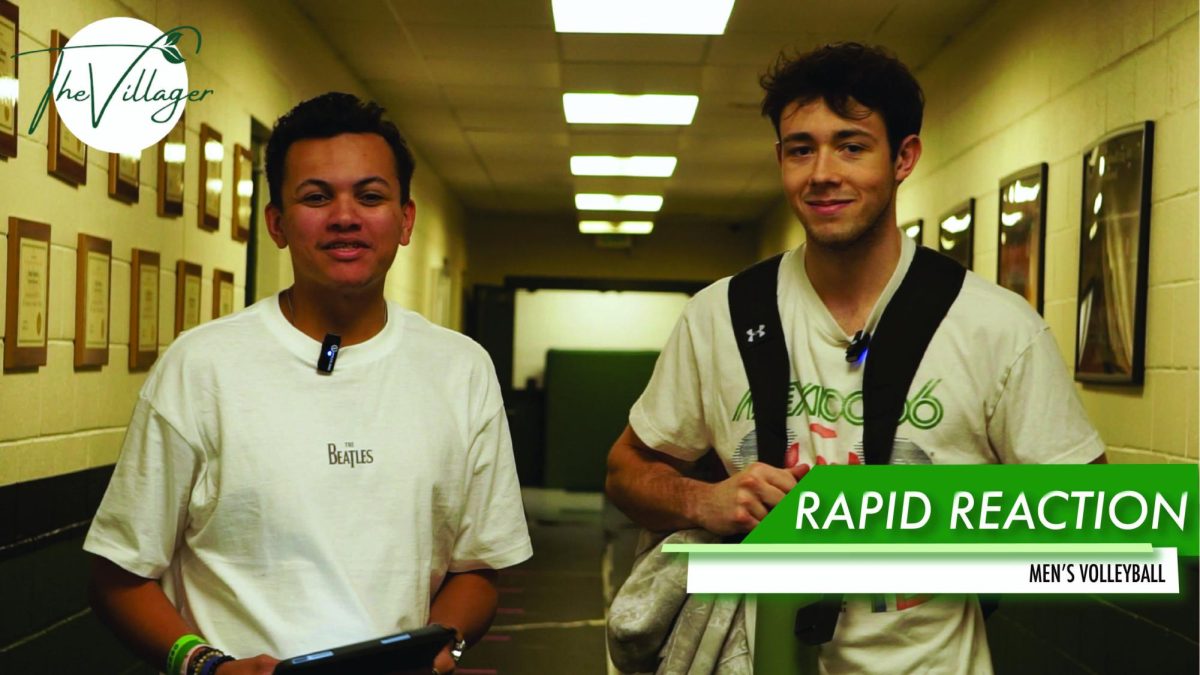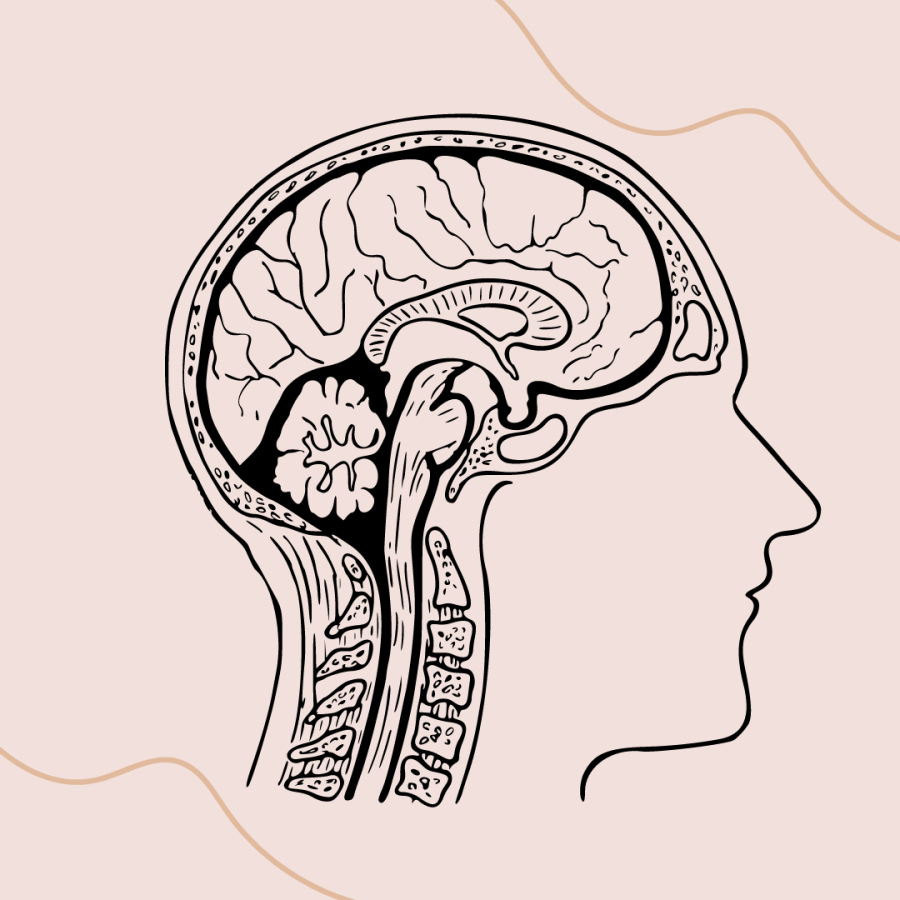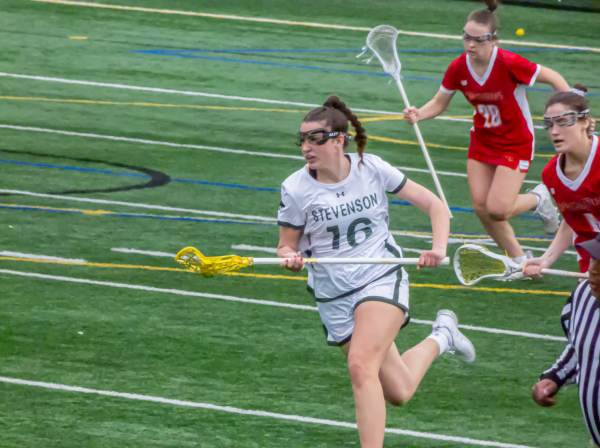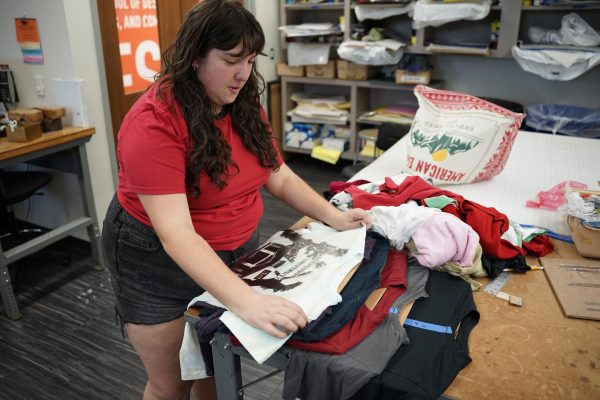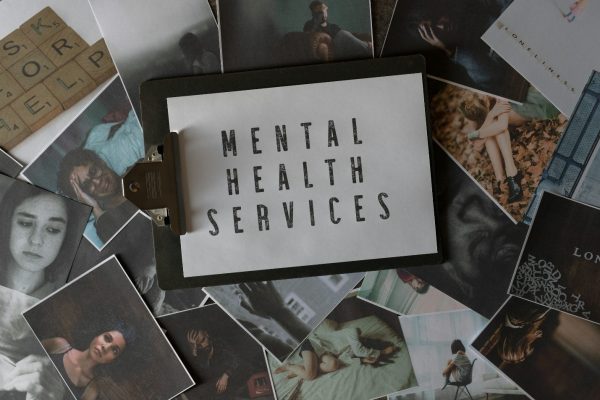CAUTIOUS AND CONSCIOUS
Concussions among student-athletes can have lasting negative effects on the brain
After being diagnosed with his fourth concussion, Stevenson legal studies graduate Emmett Hallameyer found his daily life changed forever. Hallameyer received the blow at 14 years old in a youth soccer game, blocking a ball with his head, before blacking out entirely and waking up on the sideline.
Hallameyer, now 22, endured three concussions prior to the soccer game, two due to football and one in a bounce house when he was only 6. According to Hallameyer, the effects of the concussions got progressively worse.
The Maryland native suffered from sensitivity to light and sounds, ringing headaches, and severe neck pain for the majority of his teenage and young adult life. This kept Hallameyer out of school for substantial amounts of time and further impacted his psychological disorders, thus straining his ability to learn.
Hallameyer, who was diagnosed with Attention Deficit Disorder [ADD] before the concussions, found the disorder’s symptoms to be much worse following his injuries restricting him from retaining and understanding information properly in school.
Accordingly, Hallameyer was recommended to get a 504 Plan which gives accommodations to students in school and school-related activities. Hallameyer made use of the 504 Plan while at Stevenson and currently while he is in Law School—a necessity taking into account his concussion symptoms and ADD.
In addition to academics, Hallameyer’s athletic career was severely impacted. A huge football and soccer fan, Hallameyer found his dream to play soccer at the collegiate level terminated, due to his past medical history and the high probability of a fifth concussion.
The pain never truly went away for Hallameyer. An innocent love for sports transformed his life into a daily struggle, altering his future path for good.
“[My concussions] are still impacting me,” Hallameyer said. “The direct symptoms lasted for weeks if not months. I remember getting so disoriented by the lights at school that I fell into the lockers. Another time I was so sensitive to sound that hearing the AC running made my headache worse and made me feel nauseous.”
Concussions are traumatic brain injuries caused by blows to the head that shake or bang the brain into the interior of the skull. This results in varying degrees of headaches, memory loss, nausea, and dizziness. These symptoms make everyday life hard for student-athletes inside and outside of the classroom.
According to a 2021 Utah State University study on high school and college sport-related concussions, about 3.8 million concussions are reported per year, while 43% go unreported.
Concussions have been and continue to be a huge problem for students involved in sports, particularly contact sports. However, new treatments to combat concussions and help victims recover are on the horizon.
What Treatments Got Us Here?
Considering the lack of awareness of concussions prior to the 2010s, the past approaches to treating concussions were simple and passive. Even though protocols existed, concussions were not viewed as a huge issue like they are today, specifically in sports.
Previous approaches to concussion treatment focused on the idea that rest was the best solution. According to McMaster University’s Bhanu Sharma, a neuroscientist who is currently conducting research on concussions and treatments, doctors would often tell their patients to avoid physical and cognitively-straining activity. Doctors in the past also recommended staying in dark rooms since those impacted by concussions are more sensitive to light. This environment was deemed ideal for recovery.
Despite being a logical effort to treat concussions, there was little evidence to support dark rooms as a treatment method. Sharma suggests dark rooms are counterintuitive because they give the patient minimal exposure to activities and environments. He concludes dark rooms increase the likelihood of another concussion.
With rising awareness and new studies, the passive approaches to treat concussions are dying out in favor of more proactive ones.
Is Exercise the Key?
In direct contrast to rest and dark rooms, scientists have found exercise is one of the best forms of treatment for concussions.
Studies from Medicine & Science in Sports & Exercise examined the effect low-to-moderate aerobic activity has on reducing concussion symptoms. They found exercise is one of the most effective, evidence-based treatments for concussions.
While rest is still helpful, especially within the first 24 to 48 hours after receiving the concussion, it is not as proactive at reducing concussion symptoms as exercise. However, there is still a method to the madness.
According to Stevenson University Head Athletic Trainer Cody Lancellotti, exercise plays a huge part in the recovery process for Stevenson athletes affected by concussions. Following a baseline test to diagnose and determine the severity of the concussion, there is a five-step return to play protocol.
After symptoms have subsided, the process begins with 20 minutes of light aerobic biking, then 30 minutes of sprints, body weight functional movements, and a recovery run, 45 minutes of functional sports activities with no risk of contact, a full noncontact practice, and finally a full contact practice.
While this process is gradual and can reset based on reoccurring symptoms, exercise has become a tried-and-true formula for concussion recovery and is proactive in its approach toward reducing future concussions. But why does exercise work?
A leading hypothesis from the Medicine & Science in Sports & Exercise studies is that concussions disturb the autonomic nervous system, which moderates involuntary physiological systems like breathing and heart rate. Aerobic activity was found to help reengage the brain and these systems.
McMaster University’s Shamu believes the shift from passive to proactive concussion treatment is only the beginning for sports and medicine. In fact, Shamu states science that questions accepted ideas and practices using evidence is what leads to new and better approaches. Similar to the case with concussions, “the game needs to be changed.”
Hypothermic Therapy…Another Possibility?
In 2021, another form of concussion treatment was granted by the Food and Drug Administration [FDA]. A hypothermic therapy device was created to reduce the severity of concussions. This device, designated the name Pro2cool, was constructed by TecTraum Inc. based in Cleveland, Ohio.
The first-ever FDA-approved treatment for concussions, Pro2cool cools down the head and neck area with the intention of bringing down the blood temperature before blood enters the brain. TecTraum’s research found improvements in concussion symptoms from cooling the brain within days of the concussion for patients in the 12-21 age range.
Despite the success of the device, clinical trials testing effectiveness and safety are still underway with hopes of perfecting another proactive form of concussion treatment. Director of Sports Medicine at Akron Children’s Hospital, Joseph Congeni, MD, believes Pro2cool could be the next big thing in concussion treatment.
“We all recognize that concussion is a growing burden — clinically, financially, and emotionally — in the U.S,” Congeni said. “Based on previously published data, we are hopeful that our current trial will demonstrate the efficacy, safety, and tolerability of this noninvasive treatment for mild traumatic brain injury, also known as concussion.”
Q-Collar Confirmed?
Advances in concussion treatment are very important for recovery and getting athletes back out on the field. But what about concussion prevention? This is where the FDA-approved Q-Collar enters the fold.
The Q-Collar is a C-shaped silicone collar that athletes put around the back of their neck with the intention of preventing brain injuries in sports. According to the FDA, the Q-Collar applies force to the neck, increasing blood volume to reduce the movement of the brain within the skull. The pressure on the jugular veins allows for the volume to increase and subsequently fills space in the skull, which otherwise would be less full allowing for more brain movement.
In studies conducted by the FDA, they found 73% of 145 athletes who did not wear a collar in a sports season had significant changes in their deeper brain tissue post-concussion while 77% of 139 athletes who wore the collar did not experience these deep tissue changes after their concussions.
While the Q-Collar is by no means a miracle product preventing all concussions, it has proven effective at reducing severe head trauma in athletes. This, in addition to continually improving safety equipment like helmets, is a step in the right direction for concussion prevention and treatment as a whole. Not only are concussions being prevented in some cases, but the severity of the symptoms is dropping.
What does this mean in the grand scheme of concussions though?
So Are Concussions Solved?
There is a light on the horizon for student-athletes who have been diagnosed with numerous concussions like Hallameyer.
Exercise and physical therapy are the new ways to go, leaving behind dark rooms and rest alone, which are not proactive on their own. Treatments such as gradual aerobic exercise, hypothermic therapy, and the Q-collar are moving concussion prevention and treatment into an aggressive response, rather than passive.
Sports, like concussions, will never cease to exist. As long as sports such as football stay popular with kids and adults alike, concussions will undeniably happen. However, this does not mean student-athletes need to play in pain or fear.
Hopefully, concussed athletes in the near future won’t have to deal with constant migraines, dizziness, and the hardships that come with simply going to school and learning. With the direction concussion prevention and treatment are going, student-athletes will be back in the classroom and back on the field, pain-free, in no time.
“I think treatment with concussions will continue to change and progress just like all other fields of medicine,” Stevenson’s Lancellotti said. “It is hard to say if sports will get safer as you can’t guarantee that someone will compete in a sport without sustaining an injury. My hope is that treatment for concussions continues to progress and develop so that we can get athletes back to the sport in a quick and safe fashion.”
Your donation will support the student journalists of Stevenson University. Your contribution will allow us to purchase equipment and cover our annual website hosting costs.

